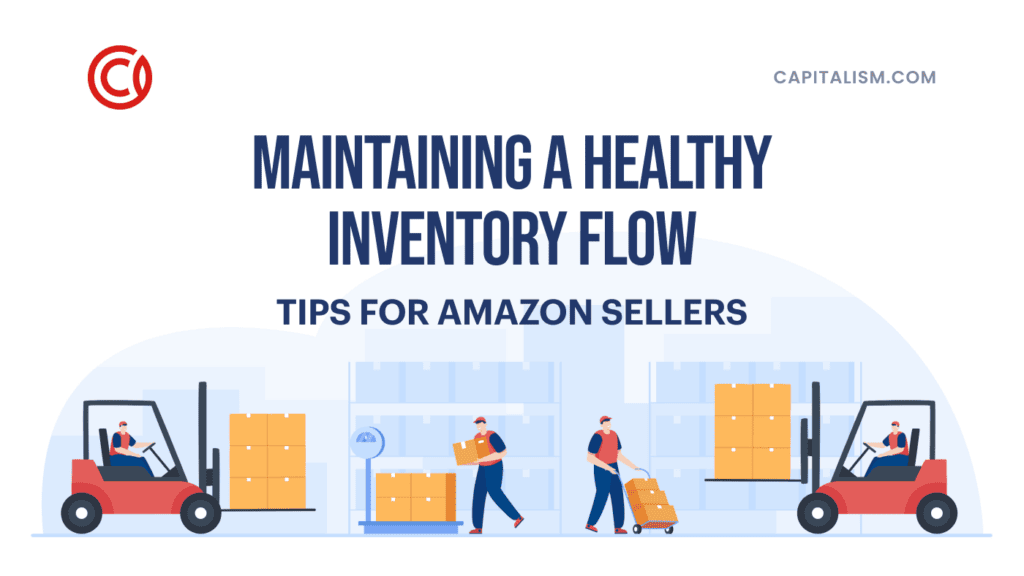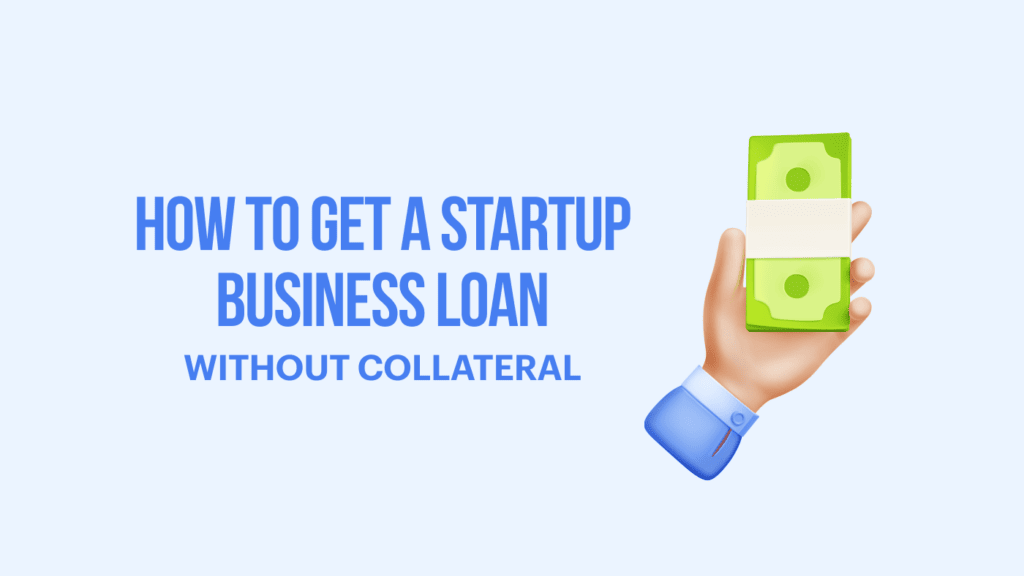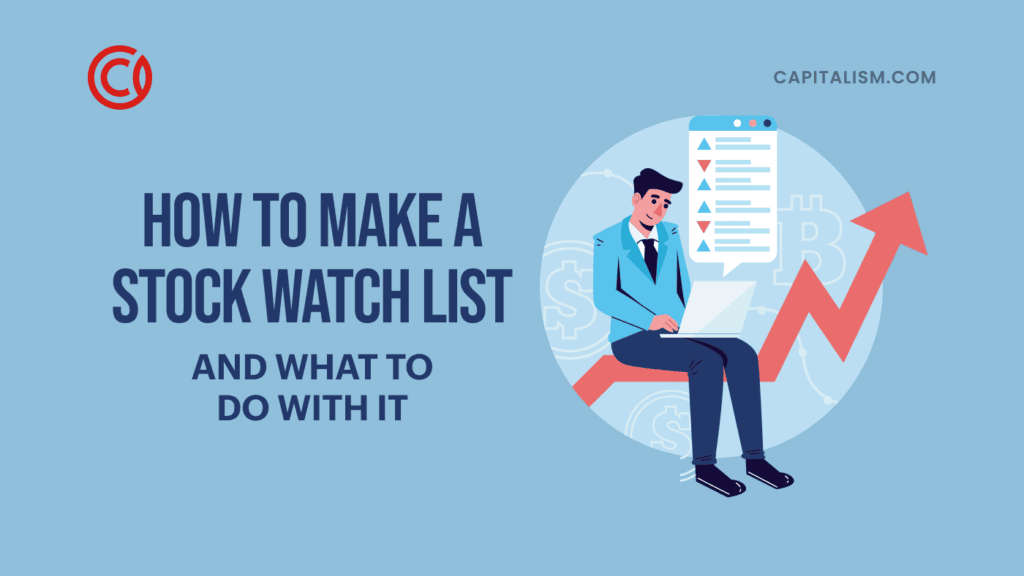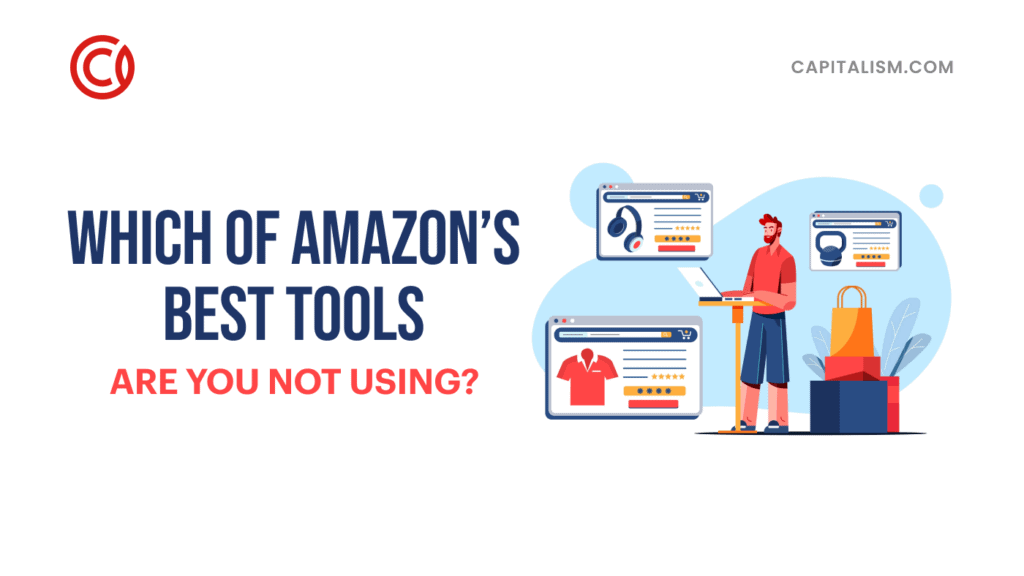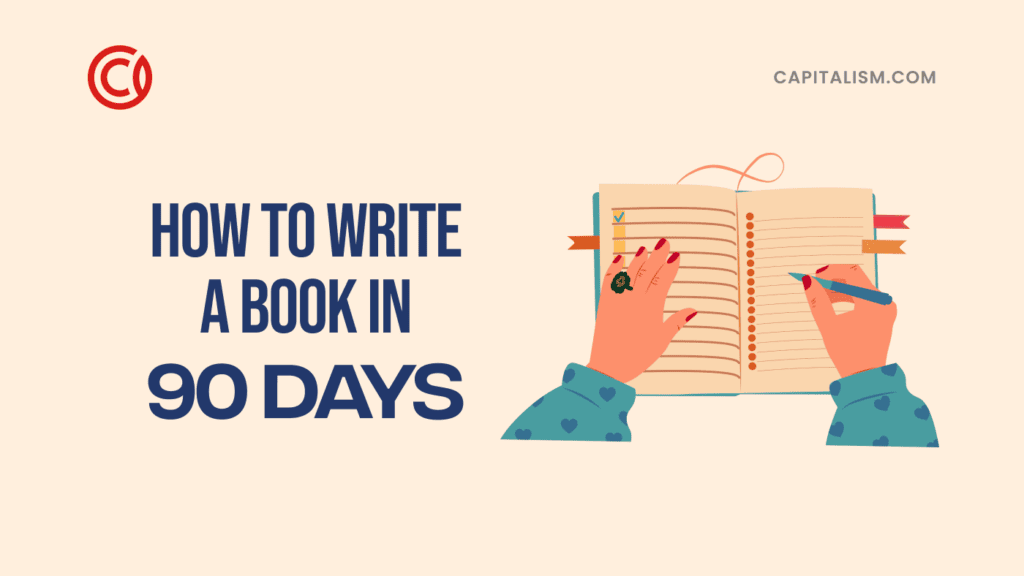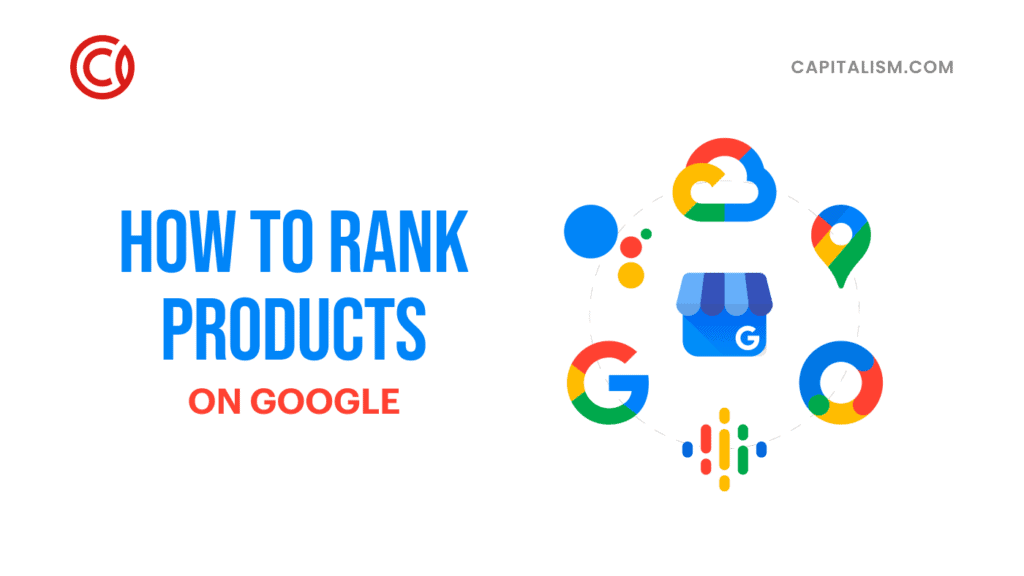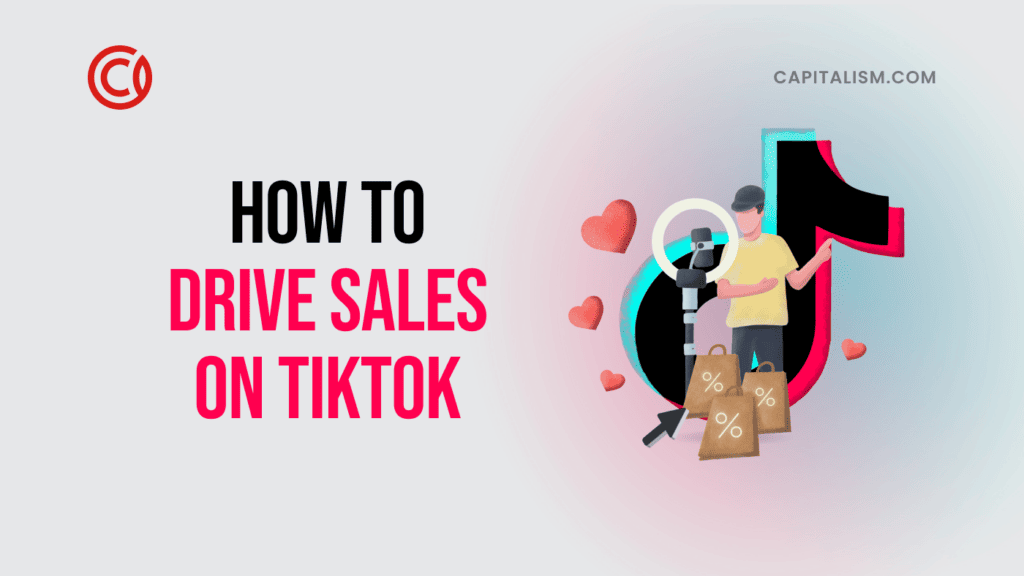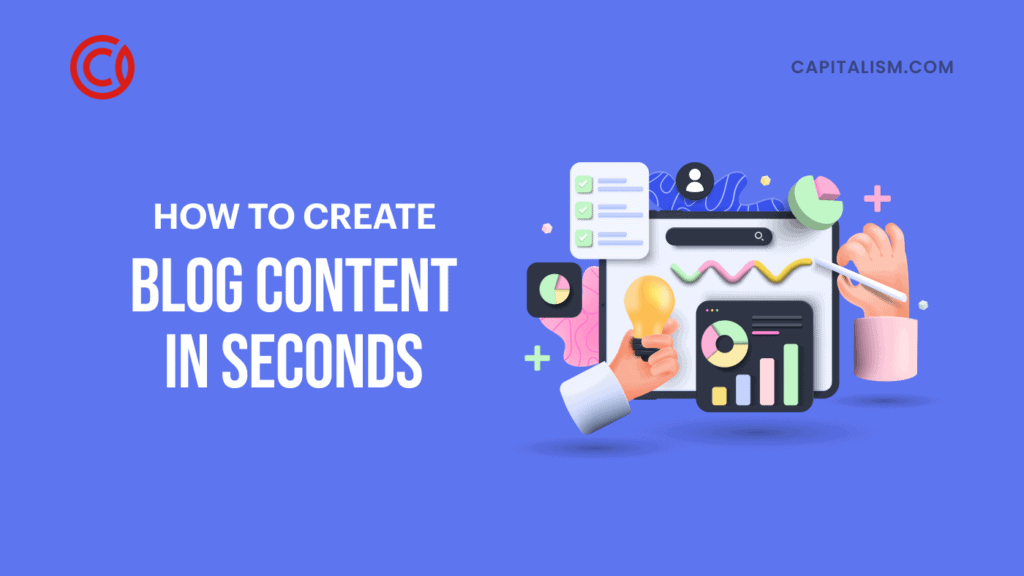Becoming financially free might not have been your primary reason for starting your own business. Then again, it might have. Whether it’s your primary focus or just a happy side benefit of entrepreneurship, financial independence is likely something you hope to achieve.
There are lots of ways that people achieve financial freedom, of course. Starting and growing a business you can sell is a popular route for those with an entrepreneurial bent. It isn’t the only way, though. For those who really enjoy their businesses, that might be good news.
Another popular choice—one that doesn’t require you to give up the business you’ve worked so hard to build—is to take the profits from your business and invest them for income.
What does it mean to be “financially free”?
Everyone has a different idea of what exactly constitutes “financial freedom.” For the purposes of this article, we’ll focus on a simple and somewhat broad definition: Financial freedom means having the resources to support the lifestyle you want to have, without needing a job.
For a lot of people, financial freedom comes from their retirement savings. Or, rather, that’s where most people think it will come from. Unfortunately, though, very few Americans have enough saved to retire comfortably. According to a 2018 Northwestern Mutual study, a third of Americans have less than $5,000 set aside for their retirement.
Entrepreneurs, though, often have unconventional plans. For a growing number, retirement isn’t the goal. Instead, many of us work to build “passive income” to sustain us through our final days. For those who choose this path, it isn’t primarily about growing a “nest egg.” It’s about income-producing investments.
Laying the groundwork
Before beginning your own “financial freedom plan,” it needs to be said: You need to prepare for the unexpected, and you need to eliminate “bad debt.” You cannot have true financial independence if you aren’t ready for emergencies or if you have a lot of high-interest credit card debt.
Before you begin investing for long-term income, paying off your credit cards should be your top priority. Don’t invest a dime until that debt is gone.
Once the credit cards have been taken care of, preparing yourself for unforeseen emergencies comes next. That means having good insurance, and it means having an emergency savings account. The standard guideline is three to six months of expenses saved. If you don’t have a savings account, that is your next priority.
How much do you need to earn?
With the prerequisites taken care of, it’s time to start planning. You need to determine the income you’ll require for the lifestyle you want to have.
Chances are your income needs will change throughout the course of your life. You may have plans for how you’d like to spend the next 5-10 years, but there’s a pretty good chance those plans will change. Having a plan in place and written down, though, gives you a starting point from which to make adjustments.
So consider this as your starting point. How do you plan to spend the next 5-10 years? More importantly, what will it cost?
This isn’t to imply that you’ll achieve financial freedom in the next 5 years... although that might not be an unreasonable goal, depending on where you are now. The idea is to give you a target that you can aim for now.
Then look at the cost. Begin with your regular, essential monthly expenses—your mortgage, car payments, insurance premiums, utilities... Yes, it’s quite likely that some of these will change in the next few years. Remember, this is your starting point. Get a spreadsheet and start entering your monthly bills. For those that vary month-to-month, use the average of your last 12 months.
Then, look at your “non-essentials”—entertainment, dining out, hobbies... Take a look at your last year’s bank statements and categorize each of these expenses. Enter into your spreadsheet the average you spent each month for each of those categories. Software like Microsoft Money, Quicken, or Mint will make this vastly easier.
Next is savings. Always budget for savings. Even the financially independent need to set something aside for the proverbial “rainy day.”
Finally, what are the things you want to spend your money on? Break their cost into monthly payments, and add them to your spreadsheet. For those that are one-time expenses, give yourself a deadline and work backwards from there. If, for example, you want to take a dream vacation 12 months from now that will cost you $12,000, then that will be $1,000 per month. If you’ll wait two years to take that trip, $500 is your monthly cost.
Now with all of your planned expenses laid out, add a little “cushion” for unexpected changes. How much of a cushion will depend on how comfortable you are with uncertainty, but 10% would be a good starting point.
Take advantage of retirement accounts... even if you don’t plan to retire
Retirement might not be your goal (then again, it might), but there’s no good reason to ignore the tax advantages of retirement accounts. If you’re employed and have access to a 401(k) or better yet, a Roth 401(k), be sure you are contributing to it. If your employer matches your contributions that’s free money! Take every bit of it that you can.
If you’re working for yourself full-time, a Roth IRA is a great place to put your money. You’ll pay tax on the money before you invest it, but it will grow tax-free. Additionally, if you ever need to you can withdraw your contributions at any time, without penalties. Just don’t touch the income—you will pay taxes and a 10% penalty if you take it out before you reach 59½ years of age.
It’s also worth mentioning, if you have children and hope to pay for college, an Educational Savings Account (ESA) is something you should also be using. It works very similarly to a Roth IRA, except that it is intended to pay for education.

Where to invest for financial freedom
When thinking about investing, the average person is looking at long-term growth. That is certainly one path to financial independence—invest for the long-term and let your money grow. And that is exactly what you should do with your retirement accounts. The quicker way to get free for most of us, though, is to invest for passive income.
That means investments that pay you every month. Ideally they’ll grow in value as well, but that is not the primary reason for investing in them.
You’ve determined the income you need. Now you need to determine how much you need to invest. That dollar amount will depend on how you decide to invest your money and the rate of return your investments provide.
Every investment comes with a degree of risk, and as a general rule, low risk means low return and vice versa. If you’re willing to take more risk, you could hit your target income with a smaller investment, or you could end up losing money. You’ll need to decide the risk vs. reward you are comfortable with and invest appropriately.
So with your target in mind, you can begin looking at your investment options.
Stock
This is the classic investment and for many people it’s the first thing they think of when they hear the word “investing.” It is also fairly intimidating to a lot of people, though it doesn’t need to be. In the modern world we have access to all the information we need to make good investment decisions, and there are even online investing platforms that can automate your investing to a degree.
You are specifically looking for reliable companies that pay dividends. The dividends will be your monthly income, and the underlying stock, ideally, will grow in value. The so-called blue chips are a good place to start if you’re just learning the market.
Index funds
This is similar to stock, but instead of picking each stock individually you will invest in mutual funds or Exchange Traded Funds (ETFs). These funds attempt to match the performance of specific market indices such as the Dow Jones Industrial Average.
As with investing in dividend-paying stock, you will look for index funds with long-term stable performance. A history of increasing dividends is another positive trait worth looking for.
Real estate
Many $millions have been made in real estate. Rental property specifically is an excellent way to earn a passive income while growing long-term value, too. For it to be truly passive, you’ll need someone else to manage the property, so factor the expense of property management into your planning.
Technology has made all kinds of investing easier than ever, and real estate is no exception. You still have the option to purchase rental properties directly, of course, but these days there are online platforms designed specifically for purchasing income-producing properties.
It is now even possible to invest in “shares” of real estate. This allows you to get started with very small investments and build over time. Real Estate Investment Trusts (REITs) let you earn dividends as you would with stock, and you won’t have to deal with vacancies or angry tenants.
Another way to purchase real estate is through crowdfunding. You might have seen crowdfunding used to finance a movie production or new invention in the past—real estate crowdfunding follows the same principle. Unlike REITs, when you crowdfund a real estate purchase, you are a partial direct owner of the property. Any tax advantages that come with owning real property are applicable here, too.
Be the bank
You can earn income by loaning money. It’s a concept we’re all familiar with, but few of us have been on the lending side of the equation. Through peer-to-peer (P2P) lending, you are now able to safely (and legally) loan money and earn interest on that money.
There are several P2P lending platforms available, and one of the biggest advantages they offer is the ability to help fund a loan. You don’t need large amounts of capital, but can start investing small amounts and increase over time.
The interest you’ll earn on your investment will depend on the borrower’s credit rating, with higher-risk borrowers paying more. This gives you some flexibility in deciding how much risk you’re willing to take, balanced against the return you’ll receive.
Bonds
Bonds are generally a low-risk investment and as such provide a lower return. They are, however, a great option for those who don’t want the risk of higher-paying investments and are willing to tie up a bit more capital for the same return.
When investing in a bond, you’ll be paid a fixed rate of interest and if you keep the bond until it matures you’ll get your principal back. You can also choose to sell before maturity, though you could lose part of your principal depending on the market at the time you sell.
As with stock, you also have the option to invest through mutual funds or ETFs.
There are plenty of ways to invest the profits from your business to become financially free. Consider the options, your income goals, and your risk tolerance to find the right investments for your own passive income needs.




